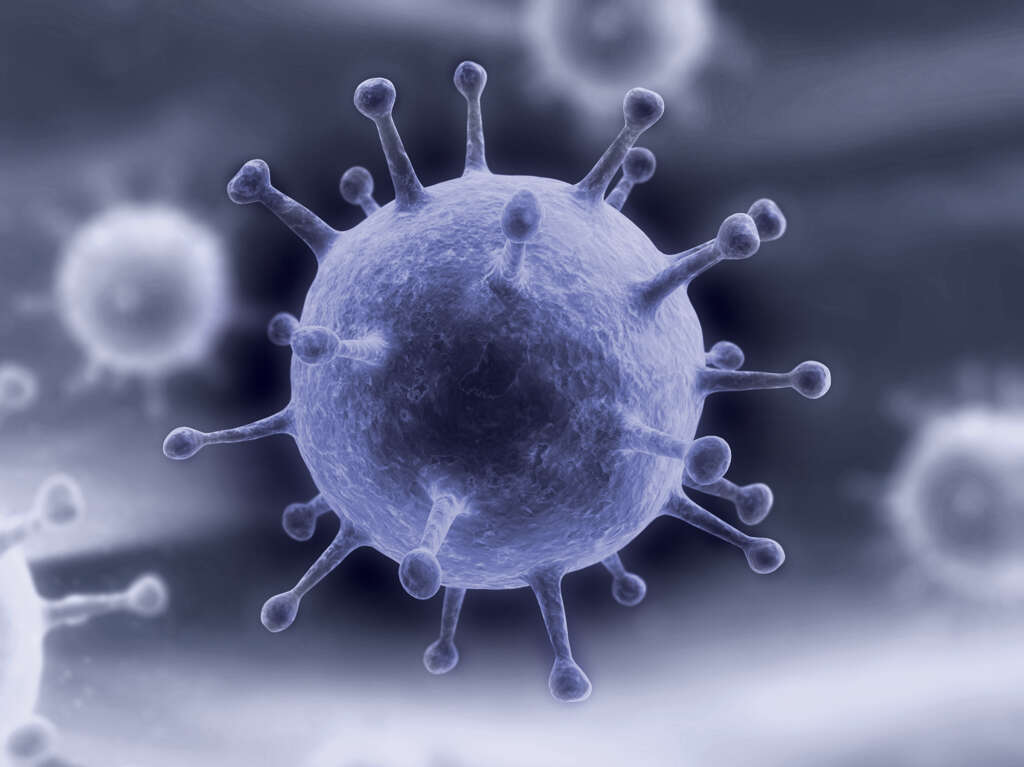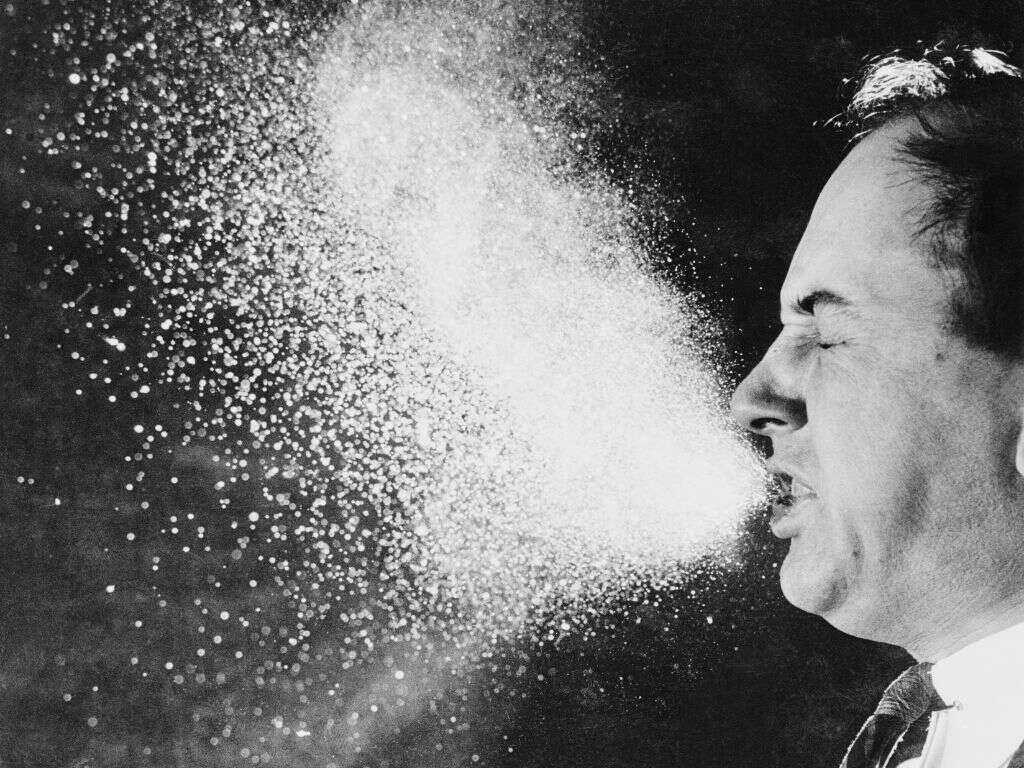Stages of the Flu
Advertisement
2. Types of Influenza Virus and Replication
Influenza viruses are from the Orthomyxoviridae family. They can generally be divided into A, B, or C types based on the core nucleoproteins of the virus. Type A causes all avian influenza and most human influenza cases. The most significant surface proteins on the virus is the hemagglutinin and neuraminidase proteins. These two proteins are critical for virulence and are the major targets for antibodies. Hemagglutinin binds to respiratory epithelial cells to allow infection while neuraminidase functions to cleave the bond that holds newly replicated virions to the surface, resulting in spread of infection. To distinguish the virus even further, the hemagglutinin and neuraminidase variants can be used. For example, influenza A H1N1 expresses hemagglutinin 1 and neuraminidase 1.
Advertisement

Advertisement








